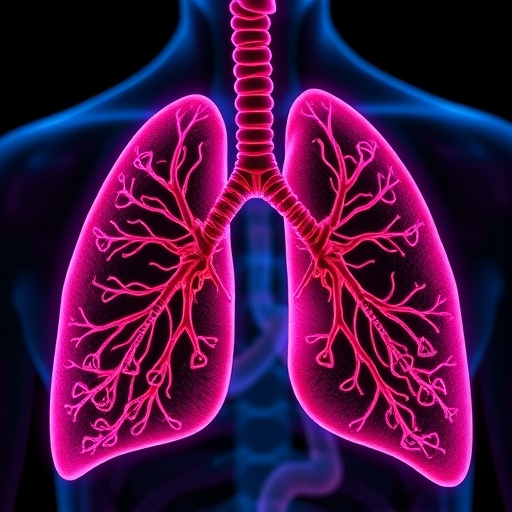Researchers have found that long-term exposure to environmental pollutants was associated with increased risk of mortality for many types of cancer in an elderly Hong Kong population.
The study between the University of Birmingham and University of Hong Kong, published in Cancer Epidemiology, Biomarkers & Prevention, a journal of the American Association for Cancer Research, adds to growing concern around the health risks of prolonged exposure to ambient fine particulate matter.
Particulate matter is the term for particles found in the air, including hydrocarbons and heavy metals produced by transportation and power generation, among other sources. This study focused on ambient fine particulate matter, or matter with an aerodynamic diameter of less than 2.5 micrometers (PM2.5).
For every 10 microgram per cubic meter (µg/m³) of increased exposure to PM2.5, the risk of dying from any cancer rose by 22 percent.
Dr Neil Thomas, from the Institute of Applied Health at The University of Birmingham, said, "The implications for other similar cities around the world are that PM2.5 must be reduced to reduce the health burden. Air pollution remains a clear, modifiable public health concern."
Dr Thuan Quoc Thach, from the University of Hong Kong, said, "Long-term exposure to particulate matter has been associated with mortality mainly from cardiopulmonary causes and lung cancer, but there have been few studies showing an association with mortality from other cancers. We suspected that these particulates could have an equivalent effect on cancers elsewhere in the body."
The researchers recruited 66,280 people aged 65 or older between 1998 and 2001, and followed the subjects until 2011, ascertaining causes of death from Hong Kong registrations. Annual concentrations of PM2.5 at their homes were estimated using data from satellite data and fixed-site monitors.
After adjusting for smoking status, and excluding deaths that had occurred within three years of the baseline to control for competing diseases, the study showed that for every 10 µg/m³ of increased exposure to PM2.5, the risk of dying from any cancer rose by 22 percent. Increases of 10 µg/m³ of PM2.5 were associated with a 42 percent increased risk of mortality from cancer in the upper digestive tract and a 35 percent increased risk of mortality from accessory digestive organs, which include the liver, bile ducts, gall bladder, and pancreas.
For women, every 10 µg/m³ increase in exposure to PM2.5 was associated with an 80 percent increased risk of mortality from breast cancer, and men experienced a 36 percent increased risk of dying of lung cancer for every 10 µg/m³ increased exposure to PM2.5.
The team believe that possible explanations for the association between PM2.5 and cancer could include defects in DNA repair function, alterations in the body's immune response, or inflammation that triggers angiogenesis, the growth of new blood vessels that allows tumours to spread. In the case of the digestive organs, heavy metal pollution could affect gut microbiota and influence the development of cancer.
The large scale of the study, as well as its documentation of cancer-specific mortality, enables a detailed investigation of the contribution of particulate matter to these cancers and counters the common problems associated with research into mortality via specific types of cancer in a population.
Dr Thomas added, "The next step is to determine whether other countries experience similar associations between PM2.5 and cancer deaths. This study, combined with existing research, suggests that other urban populations may carry the same risks but we'd be keen to look into this further."
Dr Thach concluded, "The limitation to this study is the sole focus on PM2.5. Emerging research is beginning to study the effects of exposure to multiple pollutants on human health. We must be cautious though, as pollution is just one risk factor for cancer, and others, such as diet and exercise, may be more significant and more modifiable risk factors."
###
Media Contact
Luke Harrison
[email protected]
@unibirmingham
http://www.bham.ac.uk
The post Exposure to particulate air pollutants associated with numerous cancers appeared first on Scienmag.




